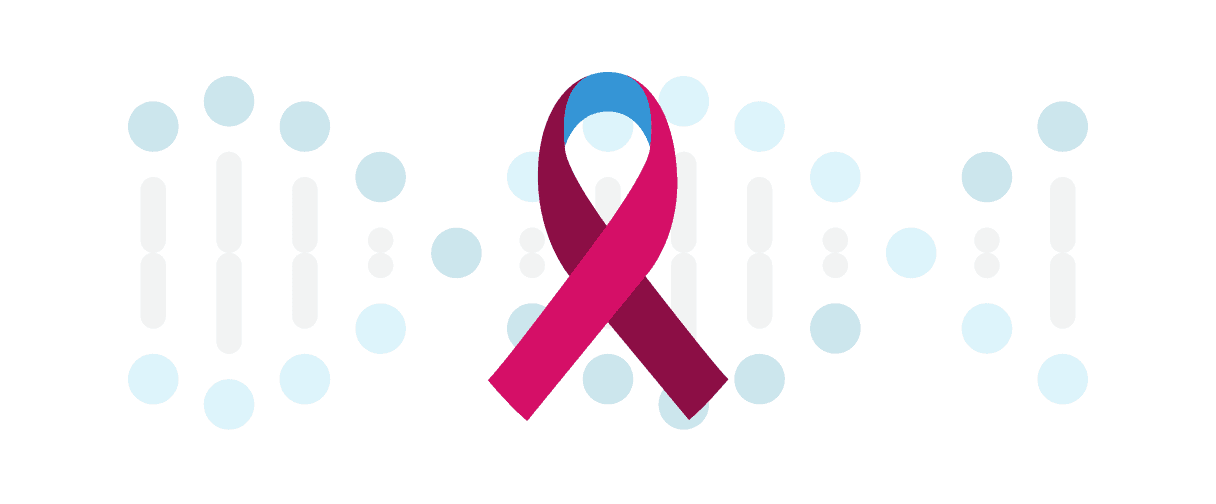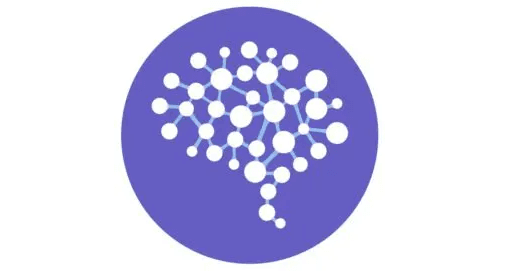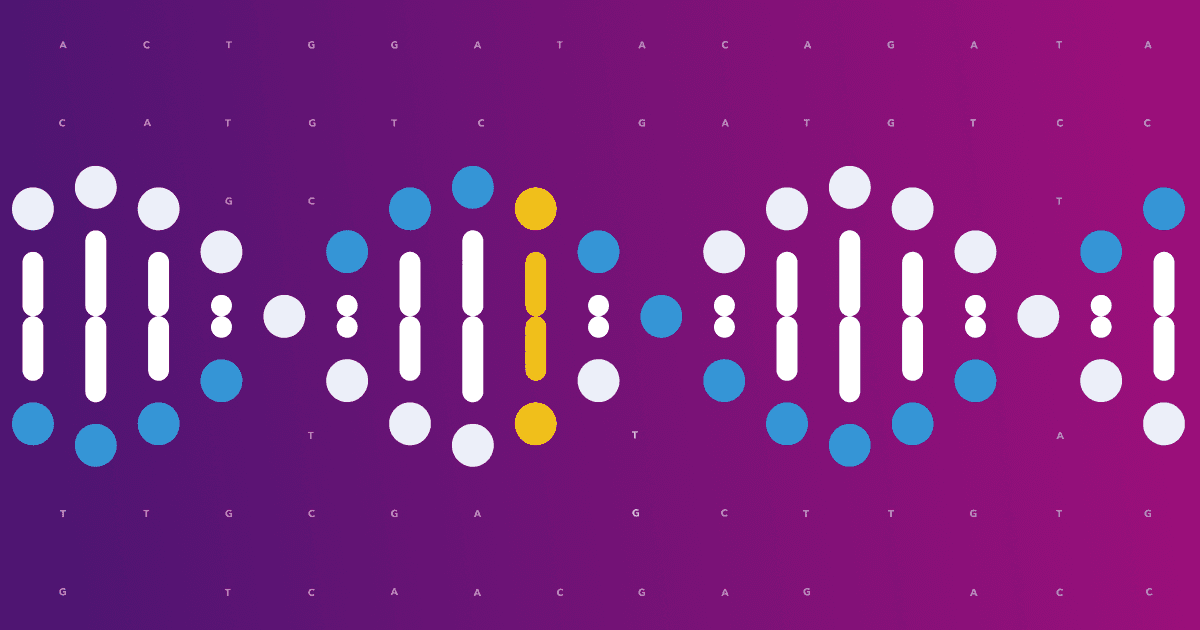A new study may help identify and more quickly help the 60% of people with major depression who do not get relief from their initial treatments.
It is estimated that 60% of patients with major depressive disorder don’t find relief from their first medication, and as many as one-third develop treatment-resistant depression, which is often defined as still experiencing symptoms after trying at least two antidepressants.
Researchers at Johnson & Johnson and the 23andMe Research Institute used advanced machine learning techniques to accurately identify those at most risk for treatment-resistant depression, a massive breakthrough for those suffering with this condition.
The groundbreaking research, published this week in the journal Scientific Reports, used only self-reported information from about 23,000 people who consented to participate in 23andMe research. The model included a total of 101 predictive factors, including such things as age, symptoms that persist between episodes of depression, the duration of episodes of depression, stress levels, and suicidal thoughts.
Using this predictive model, researchers were able to accurately predict those at the highest risk for treatment-resistant depression 78% of the time, according to the study.
The predictive model did not use either genetics or lab results, just questions that can be easily assessed by a clinician.
Why This Matters
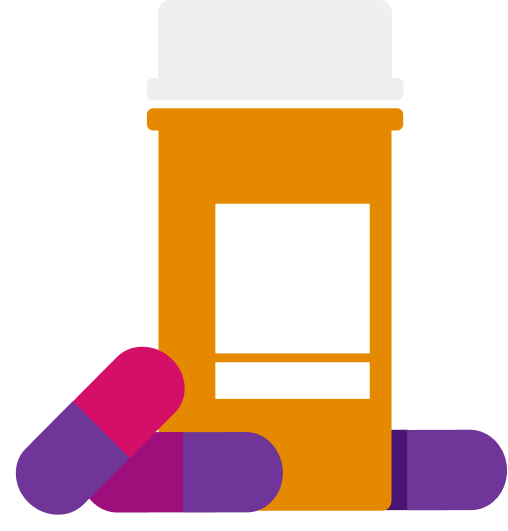
Typically, antidepressants used to treat major depression take a little time to work, up to a month or a month and a half. When a treatment does not work, clinicians often prescribe an alternative medication. When someone with depression fails to respond to at least two different medications, they are deemed to have treatment-resistant depression. In many cases, it can take around a year for someone to finally be diagnosed with treatment-resistant depression.
That long delay in finding effective treatment has a cost, not just in the time it takes to identify treatment but in the prolonged suffering for those in the throes of depression, unable to get relief.
The promise of the kind of predictive modeling described in this new study is that it would give both people with depression and clinicians who treat them a tool to flag those who might not respond to standard therapies.
Instead of waiting to see if initial treatments are effective, it may accelerate the process of finding alternatives. Additionally, this predictive model only utilizes patient-reported information; no expensive testing is required.
More About the Predictive Model
The model identified eight primary factors that predict treatment resistance, as reported by research participants. Each offers different dimensions of their depression.
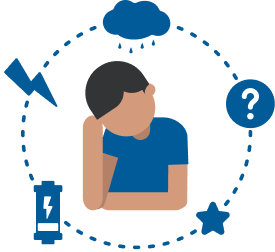
Participants reported on the different symptoms that persisted between the episodes of depression. They reported on how long each episode of depression lasted, and how many years they’d experienced these periodic episodes. Also included in the self-reported data were levels of stress, or whether they had recurring post-traumatic stress, and two critical factors that looked at more external stressors and life events. Also factored into the modeling was a participant’s age and whether they had suicidal thoughts. Finally, the model included the self-reported timing between episodes of depression, which was significant when the time between episodes was shorter.
Using these factors and advanced machine learning the researchers were able to accurately distinguish between those who were treatment-resistant and those who responded to treatment. An accurate way to identify if someone will or will not respond to treatment could translate into meaningful clinical benefits. It could mean the difference between waiting months for effective treatment instead of years.
More Personalized Depression Care
This research represents a crucial step toward more personalized mental health treatment and a move away from a “one-size-fits-all” approach to treatment of depression.
For the millions of people living with depression, this work represents a path toward precision care, shortening the time to effective treatment and improving quality of life.
The future of depression treatment lies not just in developing new medications, but in better understanding who needs what treatment when. This predictive model brings us measurably closer to that goal, promising a world where effective depression treatment is not a matter of luck, but of precision.
If you or someone you know is struggling with depression, please reach out to a mental health professional. The National Suicide Prevention Lifeline (988) provides 24/7 support for those in crisis.

